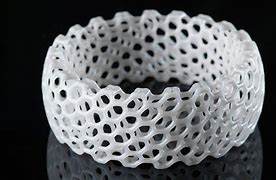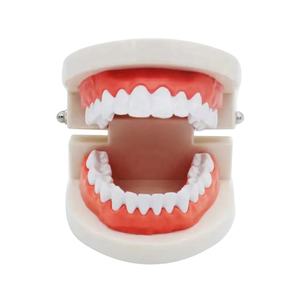**From Sci-Fi to Reality: What’s Squeezing Out of Those 3D House Printers?**
(What Is The Material They Use To Make 3d Printed Houses)
Imagine a machine humming like a giant glue gun, layer by layer, building a house in hours. Sounds like sci-fi, right? Wrong. This is happening now. But here’s the real question—what’s oozing out of those nozzles to make walls you can actually live in? Let’s dig into the goo, goop, and gritty details.
The star player in 3D printing homes isn’t your average concrete. It’s a special mix, kind of like a high-tech dough. Builders call it “mortar” or “concrete mix,” but it’s not the same stuff poured into sidewalks. This blend needs to be soft enough to squirt through a printer nozzle, yet harden fast enough to hold the next layer. Think toothpaste consistency—smooth but sticky.
Most mixes start with cement, sand, and water. But the magic happens with additives. Tiny fibers—plastic, glass, even metal—get tossed in. These fibers act like skeleton threads, stopping cracks from spreading. Some mixes include fly ash, a recycled waste from coal plants. It’s eco-friendly and makes the material stronger. Polymers might also slide into the recipe, acting like glue to bind everything tighter.
Now, not all 3D-printed homes use cement. Some experiment with clay or local soil. Imagine a house made from mud, but high-tech mud. Machines mix dirt with stabilizers like lime, creating a cheap, eco-friendly material. This isn’t just theory. In Italy, a village printed homes using soil from the construction site. The walls looked like giant pottery, but they passed every strength test.
Plastics are sneaking into the game too. Recycled plastic gets melted and layered into walls. It’s lightweight, insulates well, and tackles plastic waste. But there’s a catch. Plastic melts in high heat, so it’s not ready for super-hot climates or fire-prone areas. Still, labs are tweaking formulas to fix these flaws.
Why fuss over materials? Because they decide everything—cost, speed, durability. Concrete blends dominate for now. They’re strong, fire-resistant, and handle harsh weather. But they’re heavy. Printers need sturdy frames to support tons of wet concrete. Soil and plastic mixes could cut weight, letting printers work faster and cheaper.
The coolest part? Customization. Since printers follow digital designs, they can weave patterns or textures right into walls. A concrete mix might embed recycled glass bits for sparkle. A clay mix could swirl colors like a latte. Materials aren’t just functional—they’re becoming decor.
But challenges stick around. Building codes struggle to keep up. Is printed concrete as safe as the traditional kind? How long will soil walls last in a rainstorm? Tests are ongoing. Meanwhile, startups race to find the perfect recipe—something cheap, green, and printer-friendly.
Housing shortages, climate change, and waste piles are pushing this tech forward. Imagine disaster zones getting printed shelters in a day. Or slums replacing tin shacks with solid, printed homes. The materials aren’t just about tech—they’re about changing how we live.
(What Is The Material They Use To Make 3d Printed Houses)
So next time you see a video of a printer spitting out a house, remember—it’s not just machine magic. It’s a recipe war. Scientists, builders, and even artists are all tossing ingredients into the mix. The goal? To print homes that aren’t just fast and cheap, but safe, beautiful, and kind to the planet. The printer’s just the tool. The real hero? Whatever’s oozing out of that nozzle.
Inquiry us
if you want to want to know more, please feel free to contact us. (nanotrun@yahoo.com)

